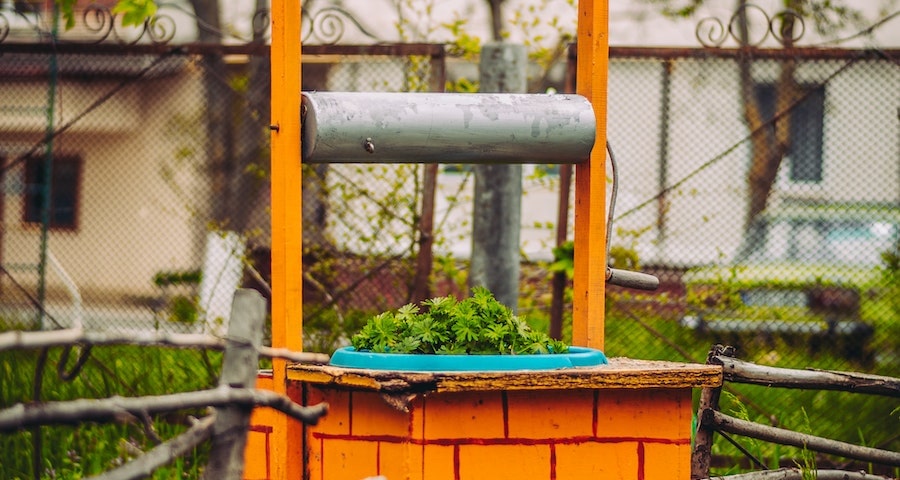
Water supply is a basic necessity for every household, and while some areas may have a connection to the municipal water source, some do not. For homes and establishments situated farther from city limits, the installation of a well system is a practical solution. A good system consists of a series of components that work together to bring water from deep below the surface to the taps in your home. In this blog post, we’ll take a closer look at the essential components of a good system.
Well Casing
A well casing is a long, cylindrical structure that lines the well borehole to prevent contamination and stabilize the well walls. The casing is usually made of PVC, steel, or concrete. Its thickness, length, and diameter vary depending on the well depth, soil quality, and water source. An appropriately sized casing prevents soil and rock debris from falling into the well and allows for easy access during maintenance.
Well Pump
The well pump is the heart of the well system. It’s responsible for drawing water from the well and pushing it up through the pipeline to your home or establishment. There are two types of well pumps: submersible and jet pumps. Submersible pumps are located inside the well casing and are ideal for deep wells. Jet pumps are usually mounted above ground and work better for shallow wells. It’s important to choose the appropriate well pump based on your water volume and pressure needs.
Pressure Tank
The pressure tank is an essential component that regulates the pressure of your well water. It acts as a buffer, storing a reserve of water and maintaining a constant pressure level. The tank is designed to turn on and off depending on the water demand. A waterlogged or damaged tank can cause irregular pressure, disrupt the pump motor, and lead to inefficient water usage.
Pressure Switch
The pressure switch is a control mechanism that turns the well pump on and off based on the water pressure inside the tank. It monitors the pressure level and activates the pump when the pressure drops below the minimum level. The switch also shuts off the pump when the tank reaches the maximum pressure.
Well Screen
The well screen is a mesh filter located at the bottom of the well casing. It filters out the sand, gravel, and debris that can be found in well water. The screen should be sized appropriately, durable, and easy to clean. A dirty or clogged screen can reduce the water flow and strain the well pump, leading to costly repairs.
Conclusion
A good system is a reliable water source that you can depend on for years to come. The quality and performance of the system depend on the components that make it up. The well casing, well pump, pressure tank, pressure switch, and well screen work together to ensure a steady flow of clean water to your home or establishment. If you need to install a good system, make sure to get professional help to select the appropriate components and ensure a proper installation that meets the local codes and regulations. For existing well systems, regular maintenance and inspections can help prevent problems and extend the lifespan of your system.
